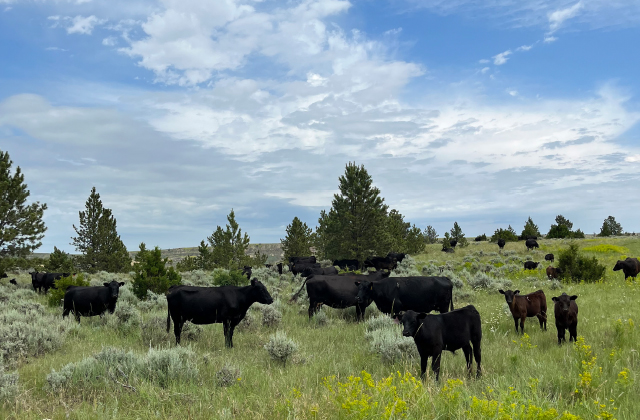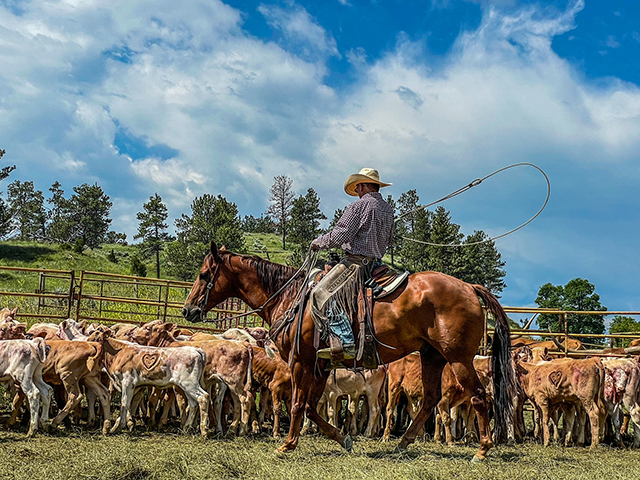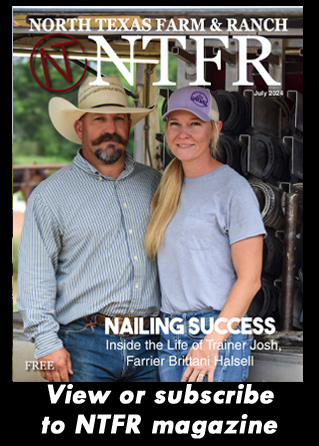Farm & Ranch
Mammals and Avian Influenza

By Barry Whitworth, DVM
At the writing of this article, High Path Avian Influenza (HPAI) H5N1 has been detected in more than 83 million domestic poultry in the United States. The outbreak includes commercial and backyard flocks.
Most people are aware that poultry may succumb to Avian Influenza but may not know that other animals can be infected with the virus. According to the U.S. Department of Agriculture, a variety of mammals have been infected with Avian Influenza H5N1 in the U.S.
The list of more than 200 mammals includes bears, foxes, skunks, coyotes, etc. Even marine animals such as dolphins and seals have been found with the virus. Current Avian Influenza H5N1 infections in poultry, mammals, and livestock in the U.S. can be found at the Detections of Highly Pathogenic Avian Influenza website at https://www.aphis.usda.gov/livestock-poultry-disease/avian/avian-influenza/hpai-detections.
Recently, ruminants have been diagnosed with Avian Influenza H5N1 in the U.S. The World Organization for Animal Health reported that neonatal goats displaying neurological clinical signs and death were positive for Avian Influenza.
To read more, pick up a copy of the May issue of NTFR magazine. To subscribe by mail, call 940-872-5922.
Farm & Ranch
Ag Elsewhere: Wyoming

By Tressa Lawrence
Ranchers across northeast Wyoming and the surrounding areas saw record moisture levels in 2023. The year 2024 has seen significantly less moisture to date.
Farm & Ranch
Ag Elsewhere: Montana

By Lindsey Monk
People are finishing up brandings. Here, Danny Walter is shown getting it done.
Farm & Ranch
Animal Disease Traceability

By Barry Whitworth, DVM
On July 6, 2020, the United States Department of Agriculture Animal and Plant Health Inspection Service (APHIS) posted in the Federal Register a proposal that radio frequency identification tags be used as official identification for cattle and bison. Following a period for public comment, the USDA APHIS released a statement on April 24, 2024, with the amended animal disease traceability (ADT) regulation for cattle and bison. The full press release may be found at https://www.aphis.usda.gov/news/agency-announcements/aphis-bolsters-animal-disease-traceability-united-states. Under the new rule, cattle and bison will need to be identified with tags that are both visual and electronic.
The USDA defines ADT as knowing where diseased and at-risk animals are, where they have been, and when the animal disease event took place. A system that allows for efficient traceability of livestock in the United States is essential for animal health and reducing the economic effect of a foreign animal disease outbreak and other diseases on livestock producers as well as others whose well-being depends on livestock production.
To read more, pick up a copy of the July issue of NTFR magazine. To subscribe by mail, call 940-872-5922.
-

 Country Lifestyles1 year ago
Country Lifestyles1 year agoScott & Stacey Schumacher: A Growth Mindset
-

 Country Lifestyles7 years ago
Country Lifestyles7 years agoStyle Your Profile – What your style cowboy hat says about you and new trends in 2017
-

 Equine10 months ago
Equine10 months agoThe Will to Win
-

 HOME7 years ago
HOME7 years agoGrazing North Texas – Wilman Lovegrass
-

 Country Lifestyles4 years ago
Country Lifestyles4 years agoAmber Crawford, Breakaway Roper
-

 Outdoor9 years ago
Outdoor9 years agoButtercup or Primrose?
-

 Country Lifestyles8 years ago
Country Lifestyles8 years agoDecember 2016 Profile, Rusty Riddle – The Riddle Way
-

 Country Lifestyles8 years ago
Country Lifestyles8 years agoJune 2016 Profile – The man behind the mic: Bob Tallman






